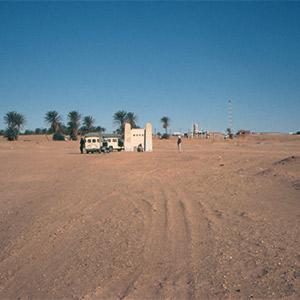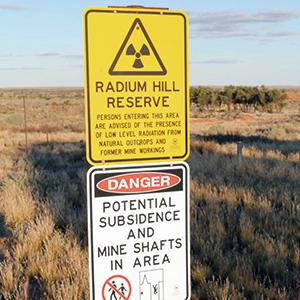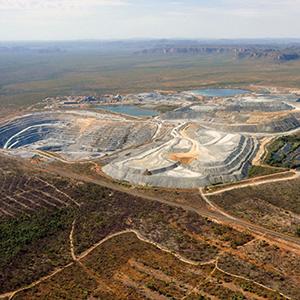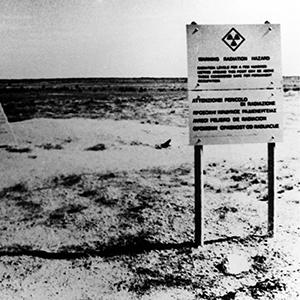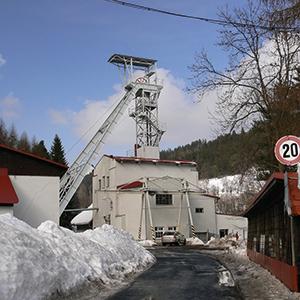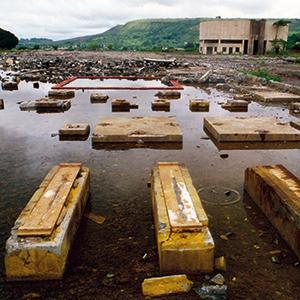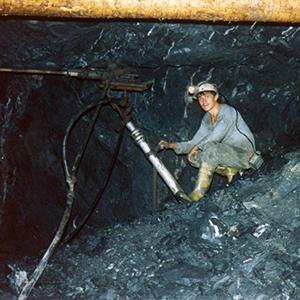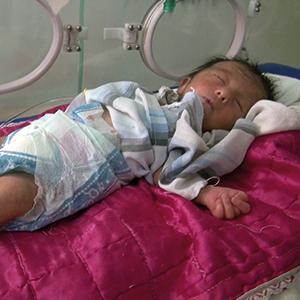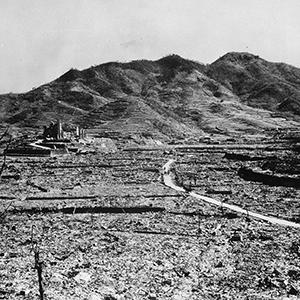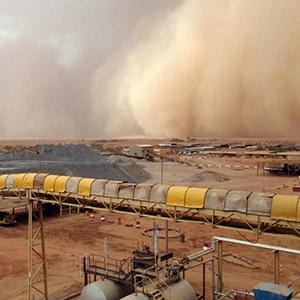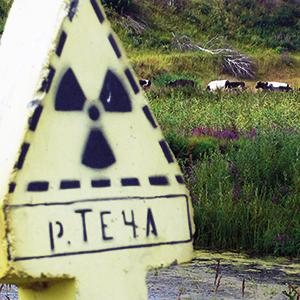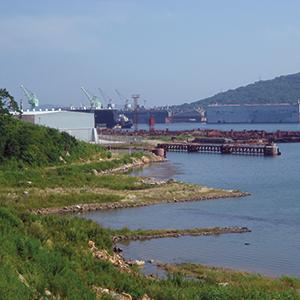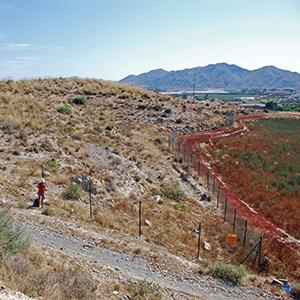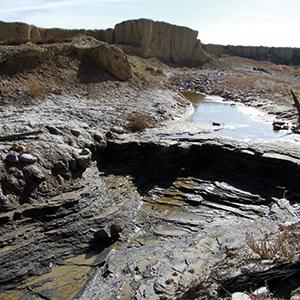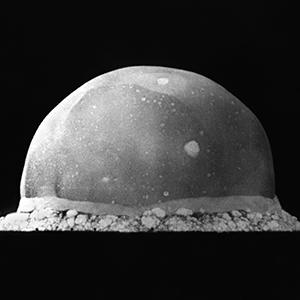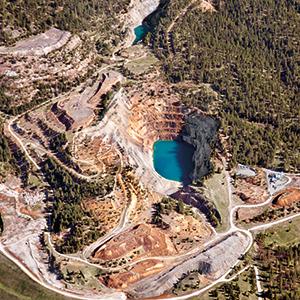Saskatchewan, Canada
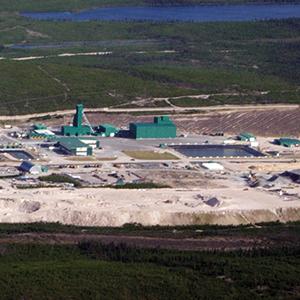
Saskatchewan mines roughly 25 % of the world’s uranium. The radioactive tailings produced by the mining process contaminate native land, pose a health threat to the local population and remain a dangerous legacy for future generations. The miners themselves are most acutely affected by radiation-induced diseases.
Photo: The uranium mine at McArthur River in Saskatchewan, once the world’s largest uranium producer, is owned by the companies Cameco and AREVA. Credit: Turgan at English Wikipedia / creativecommons.org/licenses/by-sa/3.0
History
The Athabasca Basin in Northern Saskatchewan has some of the world’s most extensive and most highly concentrated uranium deposits. With the commissioning of the Beaverlodge Mine in 1953, the region experienced a veritable “uranium rush.” Uranium City sprang up overnight and mines were opened at Rabbit Lake, Cigar Lake and Cluff Lake. Recently, high-grade uranium ore deposits were discovered at McArthur River. Currently, most of the uranium in Saskatchewan is mined by two uranium giants: the Canadian Mining and Energy Corporation (CAMECO), and the French nuclear company Areva.
In the 1950s, practically all of the uranium mined in Saskatchewan was used for the production of U.S. nuclear weapons. It is safe to say that during these years, when the U.S. was testing nuclear weapons above ground in the Pacific and in Nevada, the radioactive material spread over those areas came from Saskatchewan. From the 1960s onward, a larger proportion of Saskatchewan’s uranium was mined for use in nuclear power plants. After almost half a century of mining, Saskatchewan uranium is used in almost every nuclear power reactor in Canada, the U.S., Japan, South Korea and Western Europe.
Health and environmental effects
Radiation effects are greatest among the uranium miners themselves. The Saskatchewan Uranium Miners Cohort Study showed that while the miners generally tended to show better health parameters than the average population (“healthy worker effect”), their rate of lung cancer was significantly increased by up to 30 %. Of the 16,770 miners in the cohort, 2,210 (23 %) were diagnosed with cancer between 1969 and 1999. Further studies were not undertaken, based on the claim that mining safety standards had been improved and that no effects were likely to be seen in statistical analysis.
Along with the miners, the local population was also affected by radioactive contamination from uranium mining. Uranium ore is usually crushed and processed in a mill to extract a small quantity of enriched “yellowcake.” The remaining wastes are either dumped on large tailings heaps or in tailings ponds. For every ton of “yellowcake,” up to 1,000 tons of radioactive tailings are produced. Because these tailings contain substances such as radon, radium, polonium and thorium, they retain about 85 % of the ore’s original radioactivity. Uranium tailings must be secured for thousands of years in order to prevent these substances from entering the biosphere. Radon gas, however, identified by the WHO as the second leading cause of lung cancer after smoking, is continuously emitted during mining, milling and from the tailings. The native Cree and Dene people rely on fish and caribou for their survival. Both are greatly affected by uranium mining contamination.
Outlook
For people affected by radiation exposure, there is no light at the end of the tunnel. Saskatchewan Premier Allan Blakeney said in 1970s that “on the issue of radioactive waste disposal we have had to make a leap of faith and assume that a satisfactory means of disposal will shortly be found.” Several decades later, there is no satisfactory solution – only a longer list of failed attempts. The first phase of the clean-up of Saskatchewan’s abandoned uranium mine sites was only announced in 2007 and is estimated to cost $24.6 million. The growing volume of nuclear waste poses a safety and health risk for generations to come. As a result, the native people of the Dene, Metis, Cree and Settlers have begun to organize themselves in organizations like the “Keepers of the Athabasca” or the “7000 Generations,” protesting against the harmful environmental effects of uranium mining and calling for more responsibility by the nuclear industry. They too, are Hibakusha; they too are affected by nuclear weapons and the industry behind them – an industry that accepts the radioactive contamination of an entire region in order to keep uranium prices low. A peaceful, healthy and sustainable future for Saskatchewan requires an end to uranium mining, independent scientific research on its environmental and medical effects, compensation for those affected and a stringent decontamination of the region.
References
- Rachel et al. “Mortality (1950–1999) and Cancer Incidence (1969–1999) in the Cohort of Eldorado Uranium Workers.” Radiation Research, December 2010, Vol. 174, No. 6a, pp. 773-785. www.rrjournal.org/doi/full/10.1667/RR2237.1
- “Health Studies for Saskatchewan Uranium Miners.” June 2005, Radiation Protection and Environmental Compliance Division, Canadian Nuclear Safety Commission, pp. 1-6.
- Government of Saskatchewan News release. “Canada’s New Government and Province of Saskatechwan launch fi rst Phase of Cleanup of Legaxy Uranium Mines.” April 2, 2007. www.gov.sk.ca/news?newsId=f9c5241a-1a79-47ce-8b71-2ffd62665978







